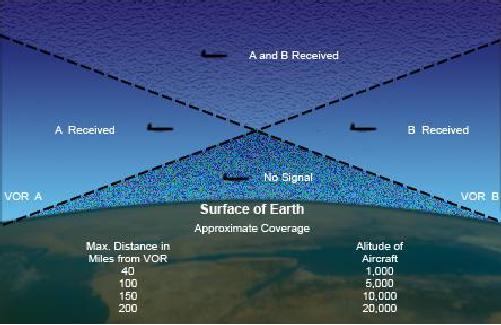
Omniranges, General
You have probably seen several reasons why omniranges are preferable to NDBs.
Three that quickly come to mind include:
They provide straight courses
They are not subject to atmospheric disturbances
More accurate fixing is obtainable
Through the use of DME, reduced separation standards are possible and holding
patterns are tightened up, allowing more air traffic to be compressed into less airspace.
It is now routine for a pilot to maneuver from one radial/DME fix to another.
The following general information on omniranges will help you become a better
controller by providing an understanding of the use and limitations of the equipment at
hand.
Reception Distance
Like all VHF/UHF transmissions, omnirange signals follow a line-of-sight course, which
increases reception distance as the altitude of an aircraft increases. To ensure
reception at minimum enroute altitude (1,000 feet above terrain), omniranges are
spaced sufficiently close together to assure navigation coverage over the airway system
(see Figure 2-11).
Figure 2-11 -- Sine curve.
2-30



